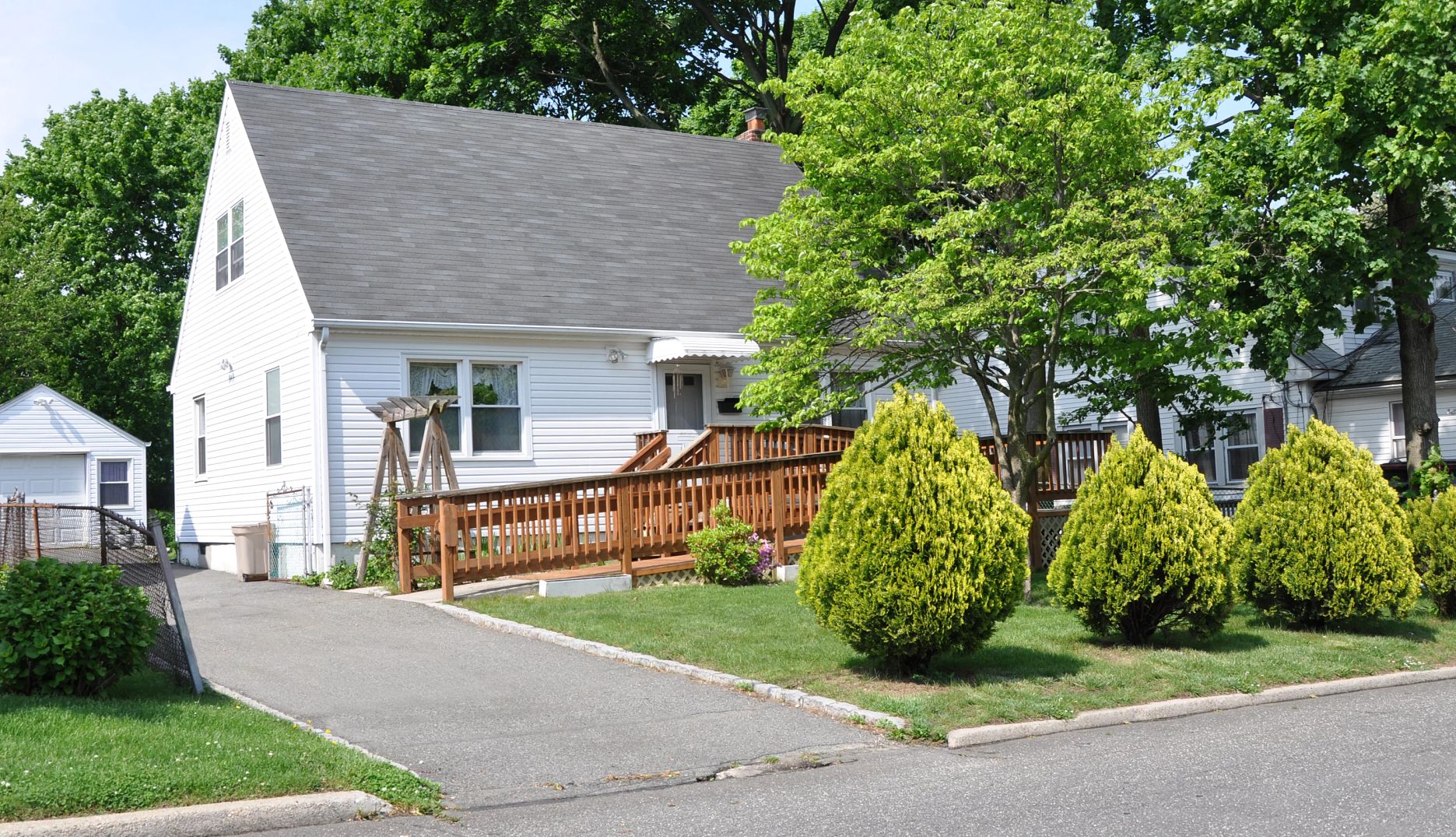AARP Hearing Center


Older adults overwhelmingly want to stay in their homes (75 percent) and communities (73 percent), but many (44 percent) feel a move is inevitable, according to AARP’s latest "Home and Community Preferences Survey."
Why? Housing costs and communities that aren’t set up for aging adults, says Rodney Harrell, PhD, AARP vice president of family, home, and community. And that’s a concern, he adds, as the U.S. will soon have more people over the age of 65 than under 18.
"Many of our communities don’t have the housing that many aging adults can afford, with features that support them, in locations where they want to live," Harrell says. "To meet this growing need, we must expand the nation’s housing stock and work to make our communities more livable with an all-ages mindset."
The survey of more than 3,000 adults 18 and older was taken in June and July and was AARP's first on this topic since 2021. It reveals new information about how people want to live as they age, what's important to them and the popularity of options for housing. The survey also queried caregivers about their home and community needs for themselves and their loved ones.
Here are eight key takeaways from this year’s survey.
1. Most adults feel their communities meet their needs now but won’t as they age. Sixty-four percent of adults 18-plus are currently happy with their community resources, but 50 percent don’t think it will continue to meet their needs as they get older. And 44 percent of adults 50-plus expect to have to move at some point.


































































More From AARP
11 Ways to Take Your Bathroom From Blah to Beautiful Without Remodeling
Inexpensive, easy ways to make you want to skip to your looHow to Prevent Clutter: 8 Tips From the Experts
Feel like clutter is taking over your home? Reframe how you think about stuff
5 Simple Ways to Have More Fun at 50+
Don’t let being a grown-up stop you from feeling like a kid again